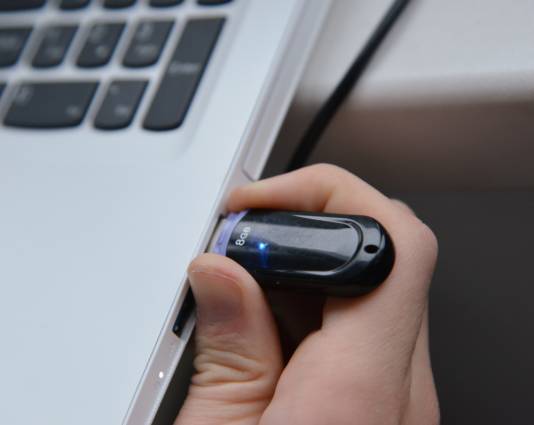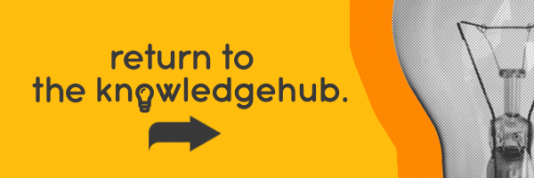We all know what a USB drive is, right?
Well, some of us might know – but not know that we know. A USB drive is sometimes called by a slightly different name. Sometimes known as a memory stick, a flash drive or a pen drive, the USB stick is one of life’s great portable devices. Despite its modest size, the USB stick has had a significant impact on the ease of computing during the last couple of decades.
Owning and carrying a USB stick means there are a variety of dots you can join between various parts of your PC interaction. What we mean is, you can move between computers and take your work with you, for a start. Yes, a USB stick can be used to store documents (and we’ll talk about that at length, shortly), but it can also be used for a great many more tasks, functions and useful uses!
Let’s have a look at what some of those are.

Storing / transferring documents
For many people, and whether it’s for home or leisure purposes, the main advantage of a USB stick is that it can be used to store or ‘transport’ important documents. You simply slide the USB stick into a USB port on the machine you are working on, and it will ‘open up’ on your desktop (or if not set to automatically open, it will be easily findable). From there you can transfer documents onto it, and then remove it and move to another computer. If you insert the USB stick into a USB port on this second PC, you’ll be able to access those same documents.
Buy USB sticks from Ebuyer : Many in stock including leading brands
So, as you can see, a USB stick is an incredibly handy way to move documents around between devices. There are different ‘sizes’ of USB stick available (in terms of their storage / memory capacity), but they are generally quite cheap and you can buy a larger stick that won’t break your bank! Of course, if discretion and privacy is also important, a USB stick is also a lot more ‘private’ than (for example) emailing documents, or storing them on a server or drive which may be accessible by other people.
What kind of documents can I store on a USB stick?
Just about any kind! You could use a USB stick to store or transfer word processing documents such as letters, essays, lists, forms and presentations. You can use a USB stick to store and transfer photographs between devices – or just use it as a backup for the photographs. No-one likes to ‘lose’ important photographs, so that is a particularly sensible use for a USB stick. You can also use one to store or transfer music files (such as MP3, WAV or AAC) and you can use a USB stick to store or transfer video files. It might seem a bit ‘fiddly’ now that wireless streaming capabilities are commonplace, but it is possible, for instance, to download a film onto your PC and then transfer it to a hard drive or gaming console connected to your TV so that you can watch the film on your TV. Just plug the USB stick into the USB port of another PC or appropriate device and – bingo! – all of your files which you’ve put onto it will be easily accessible.
Of course, this facility means that a USB stick can be exceptionally useful in an office environment. Perhaps you are a creative who needs to ‘move the work around’ between parts of the office or from different location to location. Perhaps you need to show a client what you have been working on, on their behalf. So, work away at your desk and then put copies of those files onto a USB stick and off you go. Visit the client in their home or at their own place of work, and all you have to do is take the USB stick with the work on it, plug it in to their device, and the work is accessible.
What else can I use a USB stick for?
A USB stick is not just a convenient and highly portable storage device. It’s possible to use a USB stick for several other important functions, and we’re going to list some of them here, and explain a little bit about each.
Lock and unlock your computer – like James Bond!
Having set things up with the appropriate software, it’s possible to turn your USB stick into a ‘key’ which unlocks your computer when it is plugged in. And the reverse too – removing the USB stick can be set up to lock your computer when it’s removed. This will not only make you feel like a secret agent, it will provide you with great peace of mind. The benefit is total security – your device will not be accessible by anyone else without the key (and perhaps the top-secret password you have to enter when the key is inserted.
Tackle a virus
It has happened to us all, however careful we may have been. Your computer feels ‘crippled’ (or perhaps it’s just not working anywhere near as efficiently as it did in the past). It’s possible that your device has a virus, and it’s advisable to run a full scan and get the problem sorted out. With virus software loaded onto a USB stick, it’s possible to scan a computer for malware problems and viruses. So, theoretically, your tiny little USB stick could be the saviour of your hulking great powerful desktop PC!

Run portable apps, games and utilities
A USB stick is more portable than your laptop or your tablet and even your smartphone! So, if they are stored on it, it’s possible to run applications such as Google Chrome, Firefox, OpenOffice, and more. All you need to do is plug in the USB stick to a USB port on an appropriate device, navigate to the launch icon for the program you want, and – bingo again! – you’re up and running. So, in effect, you can stay in the Windows OS but keep some of your apps on a USB stick so, firstly, they won’t clutter up the main hard drive unnecessarily and, secondly, you’ll be able to use those apps on a different device (which, obviously, must have the necessary specs to run them).

Create a recovery drive
Inevitably, almost, it’s feasible that your Windows PC will have a freak out from time-to-time. You can actually legislate for this in advance by preparing a USB stick as a recovery drive. There are guides elsewhere on the net which will talk you through this process in detail. One of the benefits of doing this is that you’ll be able to run troubleshooting applications to see what the problem with your PC might be.
Buy USB sticks from Ebuyer : Many in stock including leading brands
If your PC experiences a major issue (for example: hardware failure) you should be able to use your USB stick recovery drive to reinstall Windows 10. Don’t forget that Windows updates regularly to improve security and performance so it’s probably a good idea to recreate the recovery drive every six months or so. You may need a larger USB stick if you choose the option to back up your system files, but this means that you could also reinstall Windows if necessary. Once you have completed creating a recovery drive make sure you label it and put it somewhere easily accessible for those (hopefully extremely rare and highly unlikely) moments when your PC throws a wobbly!
Okay, those are our top choices for what a USB stick can be used for! Why not check out our other peripherals guides here on Ebuyer’s Knowledge Hub, and browse through some of the USB sticks we have in stock.


